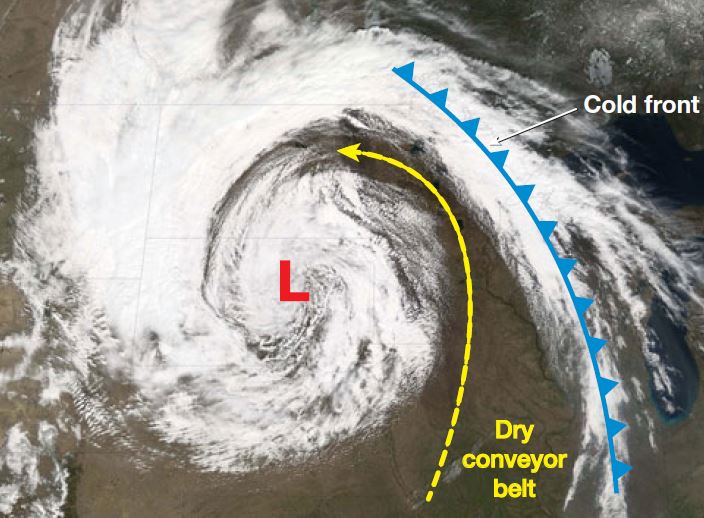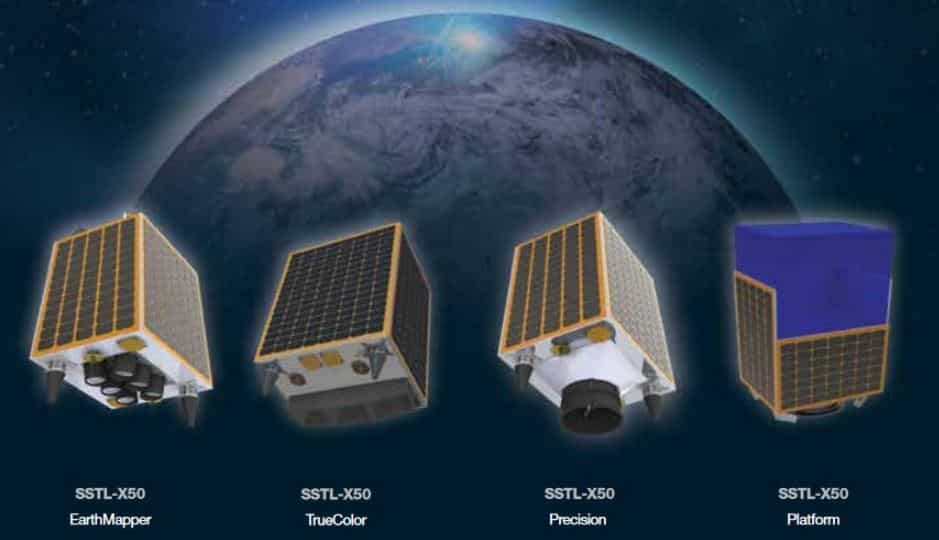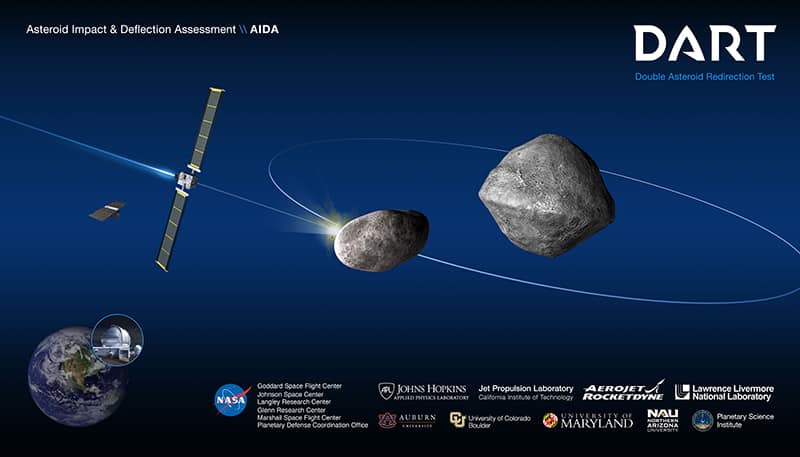These two images of the Sun show how the number of sunspots varies over the course of a sunspot cycle. The image on the left, with many sunspots, was taken near solar max in March 2001. The right hand image, in which no spots are evident, was taken near solar min in January 2005.
Images courtesy SOHO (NASA/ESA).
Recently, scientists from Indian Institute of Science Education and Research have developed a way of predicting the intensity of activity in the next solar cycle (from 2020 to 2031).
What is Sunspot Cycle?
- The amount of magnetic flux that rises up to the Sun’s surface varies with time in a cycle called the solar cycle. This cycle lasts 11 years on average. This cycle is referred to as the sunspot cycle.
- They are darker, magnetically strong, cooler areas on the surface of the sun in a region called the photosphere.
What is the Significance of this ?
- It will help in understanding of the long-term variations of the Sun and its impact on earth climate which is one of the objectives of India’s first solar probe – ‘Aditya L1 Mission’.
- The forecast will be also useful for scientific operational planning of the Aditya mission
How does Sunspot Cycle affect the Earth?
- An important reason to understand sunspots is that they affect space weather.
- During extreme events, space weather can affect electronics-driven satellite controls, communications systems, air traffic over polar routes and even power grids.
- Some believe that they are correlated with climate on earth. For instance, during past periods of low sunspot activity, some parts of Europe and North America experienced lower-than-average temperatures.










